If you commute to your work with a bike or like to ride your bike in the streets and let loose, you should learn basic bike hand signals. While law enforcement rarely compels you to make the signal with your head and hands, they can decrease the chances of a collision, its injuries, and fatalities.
Therefore, we'll tell you why group bike hand signals came to be and point out how they make cycling and your commute/joyride safer, whether you're a group riding alone or a group riding in a group.
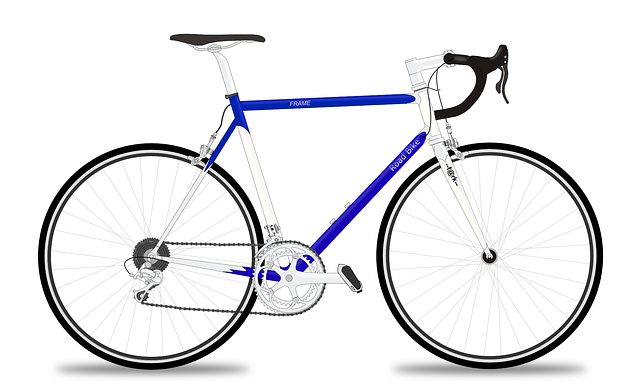
The Importance of Cycling Hand Signals
How to make bicycle signal is a crucial thing that all cyclists need to learn. That's because those hand signals can prevent numerous bike and car accidents that occur due to misunderstandings and miscommunications between road users, both other bicyclists and car drivers.
Overall, they function in cycling in the same way that brake lights and turn indicators do in cars. So, unlike motor vehicles road cyclists, they allow you to communicate your intended movements with the vehicles and other bikers around you.
What Are the Hand Signals for Bike Riding?
There are three basic hand signals that you must know if you're planning on riding a bike within the streets among other vehicles and bikers. These learning signals are the left turn, right turn, and stop signals. There's also the slowing down signal, which is a slight variation of the stop signal and another gesture used by fellow cyclists for warning other bikers from dangers on opposite side of the road.

Nevertheless, always remember to make eye contact with those around you before you signal so that they see and comprehend the intention and nature of your intentions. That way, you'll decrease the probability of accidents happening considerably and ensure your safety on opposite side of the road.
Left Turn
Quite simply, to gesture to alert the people around you that you're about to turn left, you have to raise your left arm and extend it horizontally by pulling to your side.
Moreover, the same hand signal will be used if you're changing lanes to the left. Just like with cars, you need to warn other drivers before changing lanes or turning left so that they're aware of you and able to react and stay safe and respond accordingly.
Once you've looked back and ensured that no cars motor vehicles are passing on your left, execute the left turn signal and change lanes. Still, always remember to check that no obstacles, unlike motor vehicles themselves, or potholes are in front ahead of you before turning to look back.
Most importantly, remember to signal well before your motor vehicle will turn/lane shift and hold the signal for a sufficient amount of time. Generally, you should make the hand signal about 100 feet before motor vehicle is moving and hold it for approximately three seconds. As such, your left hand will be back on the brakes or handlebars as you're turning, making for a smoother and safer turn.
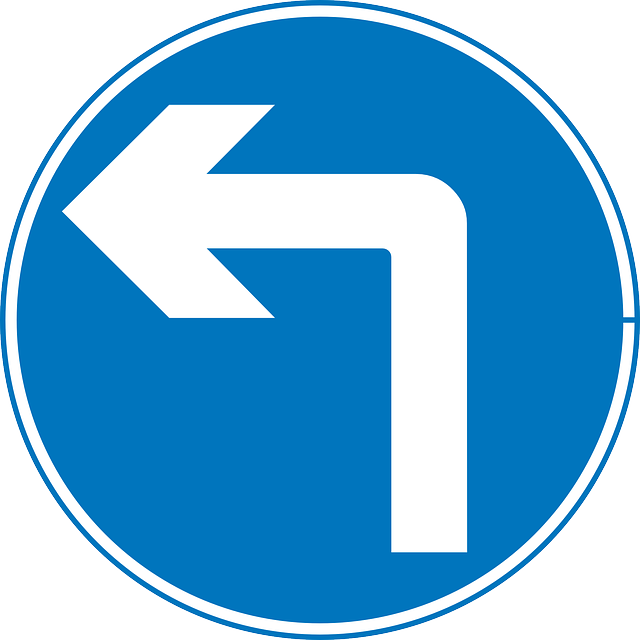
Right Turn
When you're signaling that you're about to make a right turn, you have two options. First, you can extend your left arm outstretched as you would when making a left turn. Then, bend your elbow upwards to make a right angle with your hand open. Second, you can extend your right arm out horizontally.
While the basic bike hand signals important the first-hand signal is considered outdated and basic bike hand signals is no longer recommended for use, both of these other bike hand signals important are accepted and recognized in Georgia and most other states. So, find the most comfortable one for you and stick with it when turning right or shifting lanes.
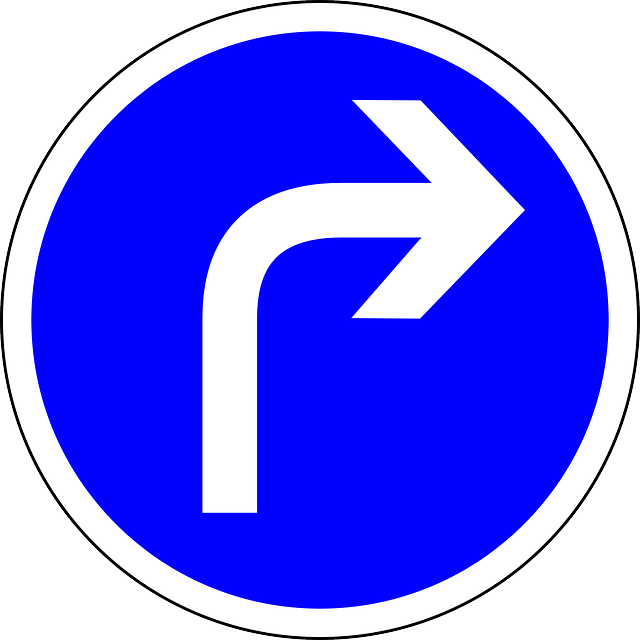
Stop
When you need to pull your car over to stop for whatever reason, be it a stop sign, red traffic light, or to allow another car or pedestrians to pass, you have to extend your left arm horizontally with your palm open. Then, bend your elbow at 90° so that your forearm is pointing downwards.
Also, this stop signal is the most common hand signal and the one that's agreed upon in most states, including Georgia. However, there's another signal that's used in other parts of the United States. It consists of sticking out your left arm and pointing your fingers downwards, keeping your left arm straight with the palm facing those behind you.
Even though you won't use the second signal if you're cycling in Georgia, you'll still benefit from knowing it, as you'll be able to comprehend it when other bicyclists are using it. And remember that if you don't feel comfortable stopping or removing your hands from the handlebars, warn other cyclists by yelling “stopping”.
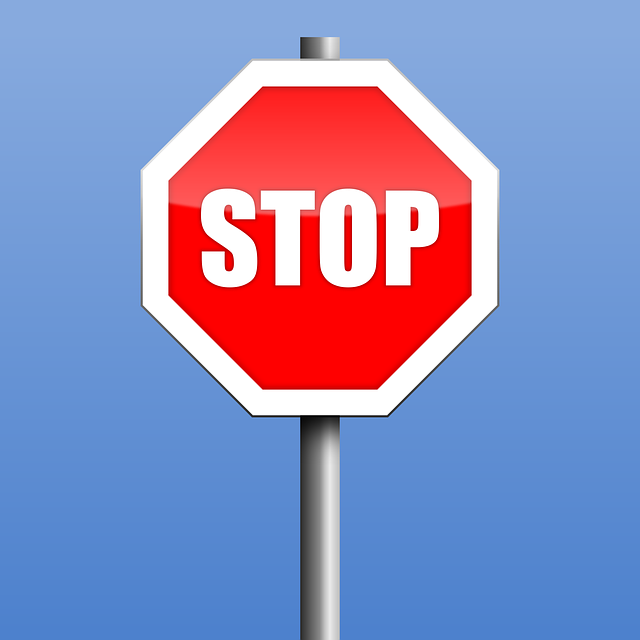
Slowing Down
This slow down signal isn't prevalent, yet some people still use it. Like the second stop or slow down signal, you'll fully extend and point your left arm straight down with the palm facing the ground. Then, you'll move your hand upwards and downwards to let surrounding vehicles and fellow cyclists to know that you need to slow down.
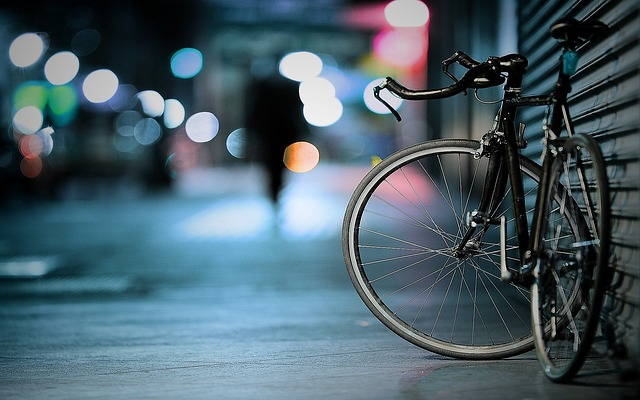
Hazard Ahead
This signal is mostly for the safety and benefit of other cyclists that are following you. Its purpose is to alert them about any hazards or poor road conditions they should avoid, such as potholes, broken glass, rocks, gravel, slippery liquids, and more. Merely point in the direction of the problem as you pass it, and the other fellow cyclists around will know to pay attention to this area.

Frequently Asked Questions
Can You Ride a Bike on the Sidewalk in the State of Georgia?
No, riding a bike on the sidewalk is prohibited if you're thirteen years or older. Unless you've gotten explicit permission to ride on the sidewalk, you should only move in the specified bicycle lanes or on the street. However, if you must use the sidewalk, then walk alongside your bike.
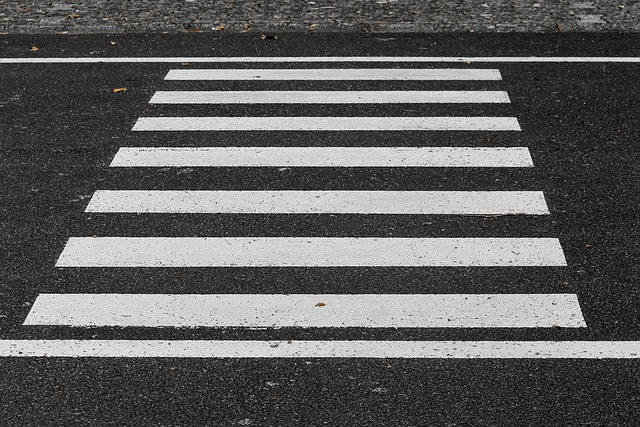
Can You Pass Vehicles on the Right?
Passing vehicles on the right is acceptable if you're riding in a bicycle lane or street that's wide enough for both cars and bikes, provided that you stay 1.5-2 feet away from the curb. Still, you should always take care and closely watch for other vehicles or cars turning or backing out of spots to avoid any unfortunate accidents.
Also, remember to stay off the road user the left side of the road when cycling because riding there isn't only illegal but also very dangerous.
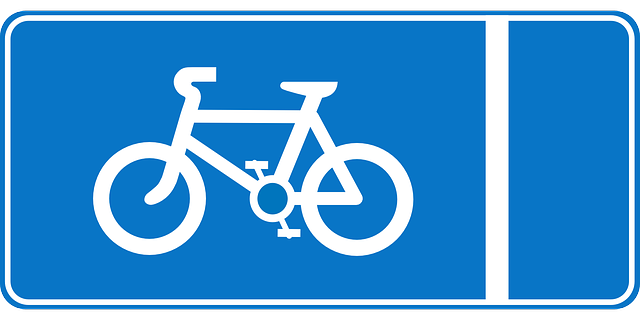
Conclusion
All in all, communicating with others while riding your bike is necessary to protect you from getting hurt or killed on the road. And bike hand signals were invented as a method to make road cyclists do just that. They're capable of alerting any driver or cyclist near you to your direction and intentions by moving your left or right arm.
So, don't forget to signal. And always obey traffic laws to a point to limit the risk to yourself and clear yourself from any blame in case of an accident.
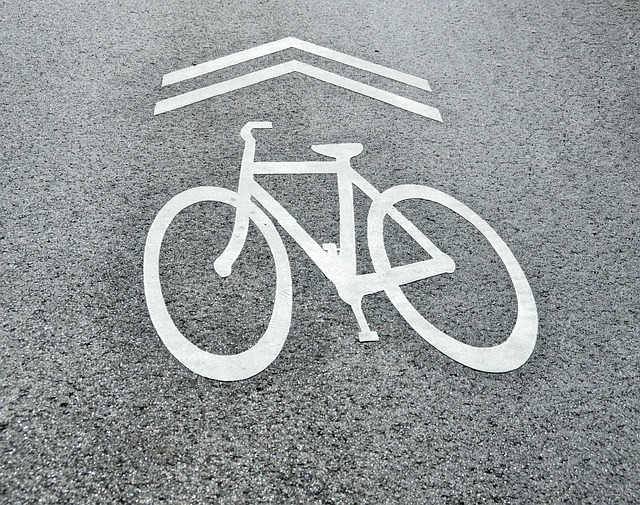
FAQs
Q1: What is the importance of bike hand signals?
A1: Bike hand signals are essential to prevent accidents that can occur due to misunderstandings and miscommunications between bicyclists, car drivers, and other road users. They function similarly to brake lights and turn indicators in motor vehicles, allowing cyclists to communicate their intended movements to those around them.
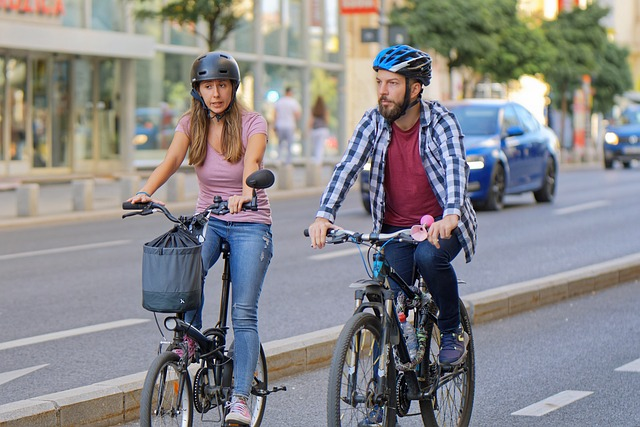
Q2: What are the basic hand signals every biker should know?
A2: Every biker should know the left turn, right turn, and stop signals. Additionally, there is a slowing down signal and a hazard ahead signal. It's important to make eye contact with those around you before signaling to ensure your intentions learning signals are understood.
Q3: How do you signal a left turn when riding a bike?
A3: To signal a left turn, raise your left arm and fully extend it horizontally to your driver side side. This signal should also be used when changing lanes to the left. Always check for any obstacles, vehicles, or potholes before you turn or change lanes.
Q4: What are the two ways to signal a right turn?
A4: There are two ways to signal a right turn. First, you can extend your left arm outstretched and then bend your elbow upwards to make a right angle with your hand open. The second way is to extend your right arm out horizontally. Both signals are recognized and accepted in most states.
Q5: How do you signal a stop when riding a bike?
A5: To signal a stop, extend your left arm horizontally with your palm open, then bend your elbow at 90° so your forearm is pointing downwards. Alternatively, in some parts of the United States, the stop signal consists of sticking out your left arm and pointing your fingers downwards, with the palm facing those behind you.

